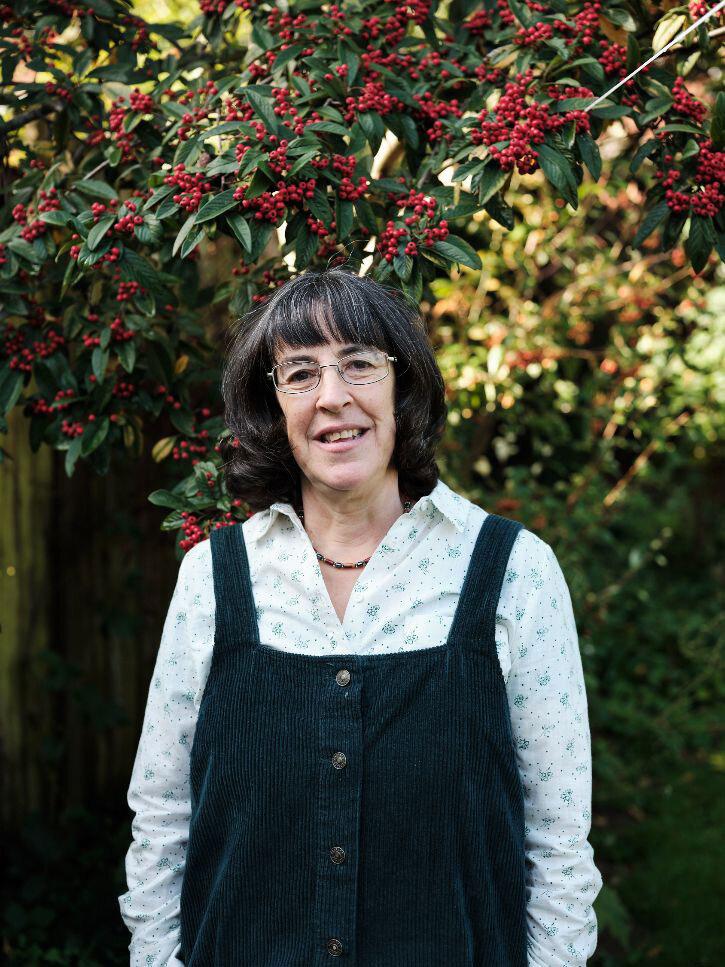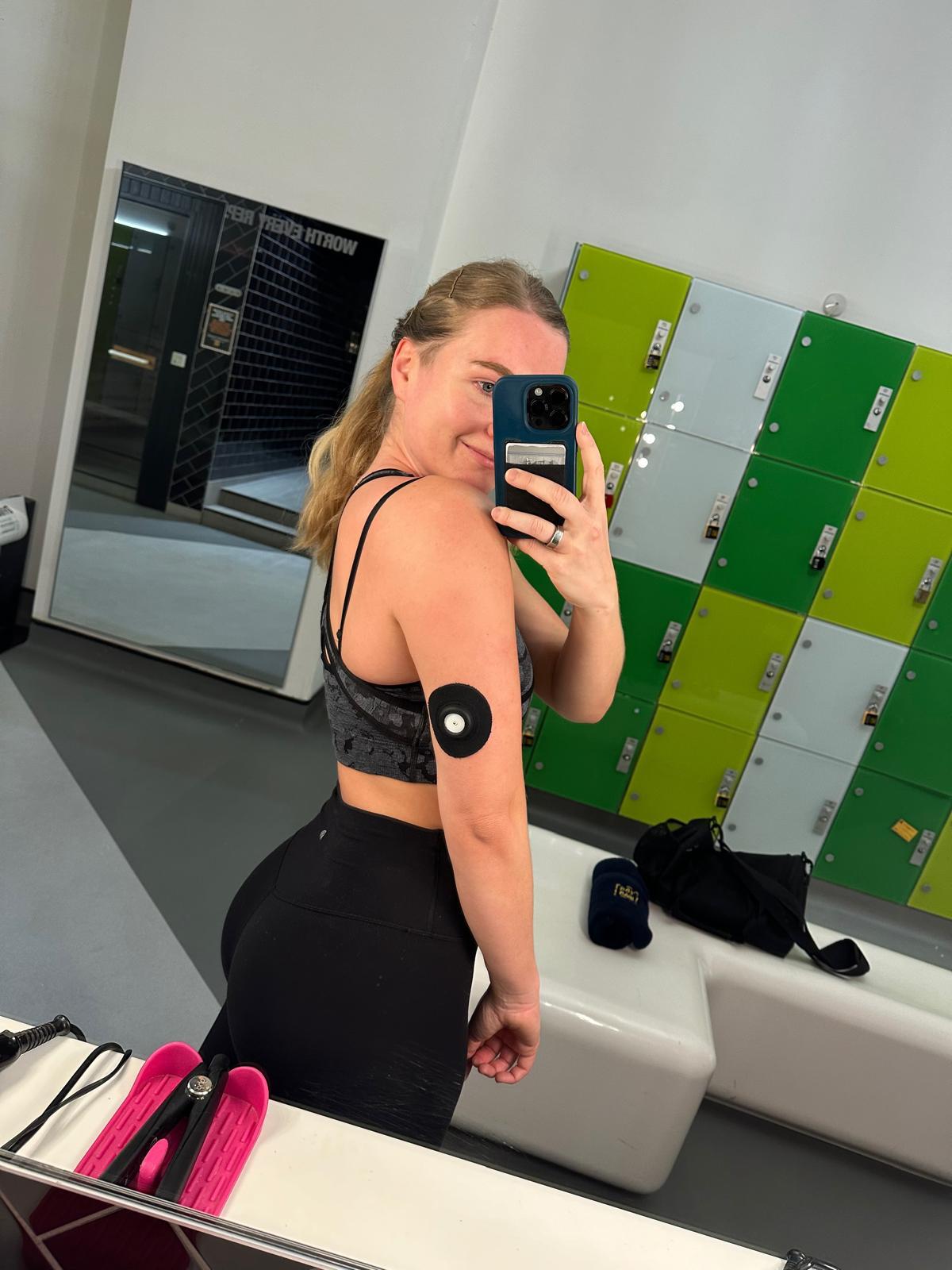
We are so honoured to be talking to Dr Jenny Goodman about Inflammation and how to manage it. As a qualified medical doctor and practitioner of Ecological Medicine, Dr Jenny Goodman has been helping people to improve their health for over 20 years.
What is inflammation and why does it occur?
Inflammation is the immune system’s natural response to perceived injury, whether that be physical injury, infection with a microbe, or a toxic substance entering the body. White blood cells are “summoned” to the affected site by assorted chemicals our body makes in response, and very rapidly the area becomes inflamed. It is a natural defence, and there are times when it is essential; we should not always try to suppress it! The white blood cells are massing in order to fight the danger, eat up the bacteria or whatever. Inflammation is, ideally, a part of healing; the first stage of healing from any injury, chemical or physical. BUT all the above is just about ACUTE inflammation, ie momentary, temporary inflammation, which should pass off when it’s done its job. But what’s happening these days is that we’re seeing CHRONIC inflammation, which is neither safe or natural. It is probably a response to the toxic environments we’re living in and is associated with the exponential rise in auto-immune diseases.
What does inflammation do to your body?
Acute inflammation causes (we were always taught this in Latin): Calor, Rubor, Dolor and Tumor, meaning Heat, Redness, Pain and Swelling. As above, these should not last long. But when inflammation becomes chronic, it can cause fibrosis, or scar tissue. So in someone with rheumatoid arthritis, for example, which is an auto-immune condition, some joints can eventually become permanently damaged. Natural anti-inflammatories may be able to reduce or prevent further joint damage, but they can’t repair an already-damaged joint. The process of chronic inflammation has also been linked with heart disease, cancer, and obesity, both as cause and effect, in a vicious circle.
How can we combat inflammation?
That’s where the need for natural, safe anti-inflammatory substances comes in. Not for the temporary inflammation of infection or injury, usually, but for reducing the chronic inflammation which is a feature of most of our modern post-industrial epidemic diseases. The problem with conventional anti-inflammatory drugs is that they have side effects, often serious ones, if used for a long period. This is the case with all pharmaceuticals, because the “active ingredient” has been either synthesised in a lab, or extracted from a plant while leaving behind the 100s of other natural chemicals which would normally be present with it in the plant. By using whole plant remedies, ie herbs and spices, we get the benefits but without the dangerous side effects.
What food should we avoid?
The pro-inflammatory foods are sugar, refined carbs and trans fats. Avoid them! Also artificial additives, which are not food at all. These rules apply to everyone, but there are also idiosyncrasies, ie individual people will get an inflammatory – allergic – reaction to a particular food, while another person won’t. This can be discovered for yourself using the method described on pp 135-143 of my book.
What spices/herbs would you recommend for inflammation?
There are so many anti-inflammatory herbs and spices. My favourite is Turmeric (active ingredient: Curcumin), which is excellent for brain function as well as being anti-inflammatory. Boswellia is also very useful – commonly known as Frankincense (the 3 wise men knew a thing or two!) and can be taken orally or applied to the inflamed area as Frankincense essential oil. Rosehip is particularly good for arthritis. But actually, a huge number of common plants have some anti-inflammatory activity, often indistinguishable from their anti-infection abilities, eg garlic, pepper, ginger, cinnamon, oregano, rosemary, evening primrose, willow and, interestingly, stinging nettle. Willow is known as Salix, from which we get Salicylic acid, ie aspirin, but as ever, the herb has several advantages over the extracted “active ingredient”.
Dr Jenny Goodman’s “Staying Alive in Toxic Times: A Seasonal Guide to Lifelong Health” is available now. This is the must-have health bible that explains exactly how to stay in radiant, optimal health all year round.


